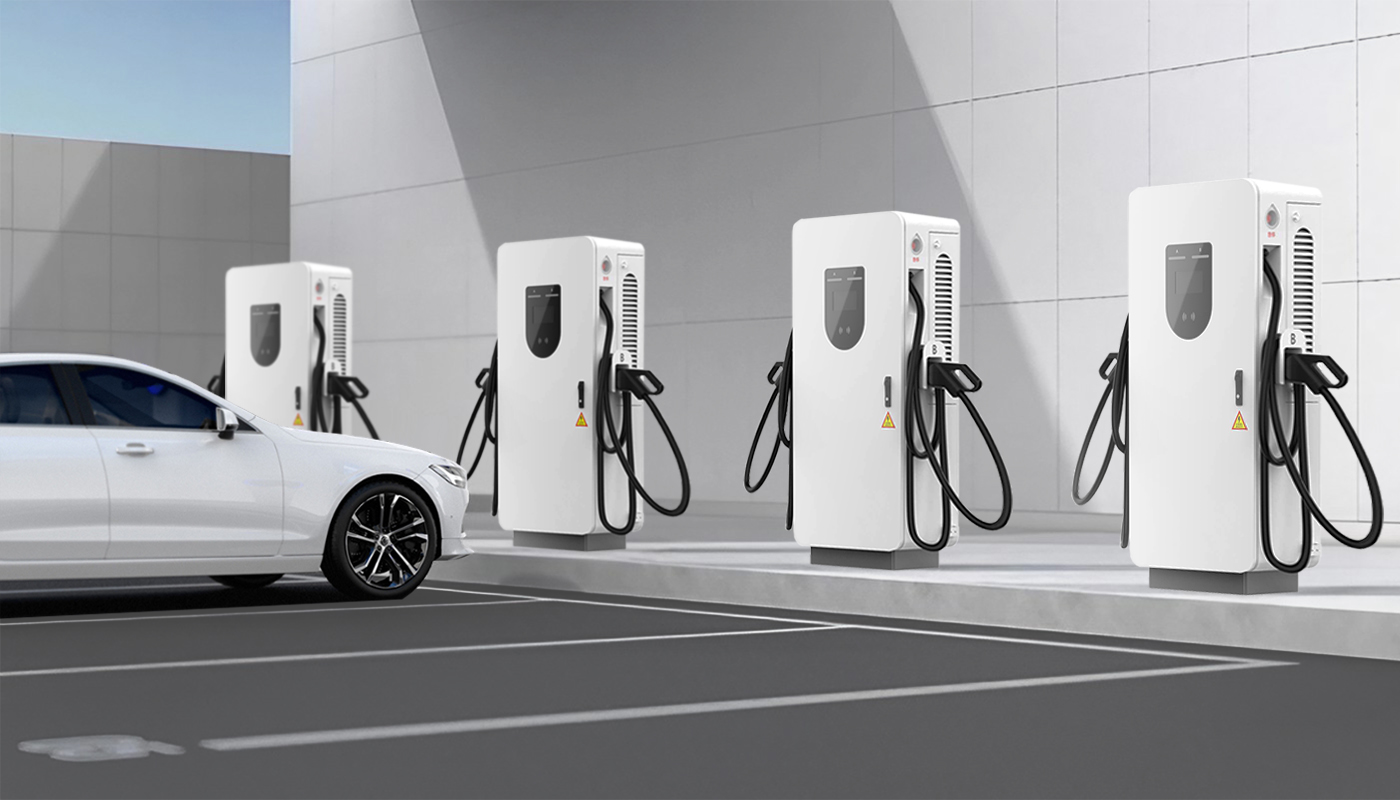
Split charging station: flexible response to modular design
Modular design for flexibility and scalability
Split DC EV Chargers differ from traditional DC fast chargers. They feature a modular design where functional components like the power conversion module, control module, display module, and charging interface module are independently separated. These modules are interconnected via standard interfaces, enabling users to configure and install them flexibly based on actual requirements. This modular design renders the split charging station highly adaptable, making it particularly well-suited for utilization in large charging stations or locations demanding high power output.
Significant advantages in ease of maintenance
The modular design of the split type DC fast charger presents remarkable advantages not only in terms of scalability but also in maintenance. With each module operating independently, in the event of a module malfunction, maintenance staff can promptly identify and replace the faulty module without having to disassemble the entire device. This effectively curtails equipment downtime and also cuts down on maintenance expenses over the long haul.
Challenges of installation complexity and connectivity issues
The split type DC fast EV charger has good functionality, yet its installation is complex. Modules require suitable locations and connections, demanding more of the installation environment and technicians. More connection points due to cable and communication line links may cause system instability. So, during installation and maintenance, the quality of connection points must be emphasized to ensure equipment reliability in the long run.



Integrated DC charging station: a stable choice of integrated design
Integrated design brings convenience to installation
Integrated DC EV charging station adopt an integrated design, integrating the power module, control system, heat dissipation device and charging interface in one shell. This design makes the equipment relatively simple to install, especially suitable for places with limited space, such as gas stations and parking lots. Just connect the power supply and communication lines, and it can be put into use quickly, greatly reducing the installation cost and time.
Trade-off between stability and heat dissipation
Due to the tight integration of various components in one device, commercial ev charging stations show high stability in operation. Manufacturers usually conduct rigorous testing and optimization of the whole machine design to ensure its reliability in long-term use. However, this integrated design also brings certain heat dissipation challenges. All functional modules are concentrated in one shell, which is prone to overheating under high load. Although the equipment is usually equipped with a heat dissipation system, the heat dissipation effect may be insufficient in a high temperature environment, thus affecting the life and performance of the equipment.

